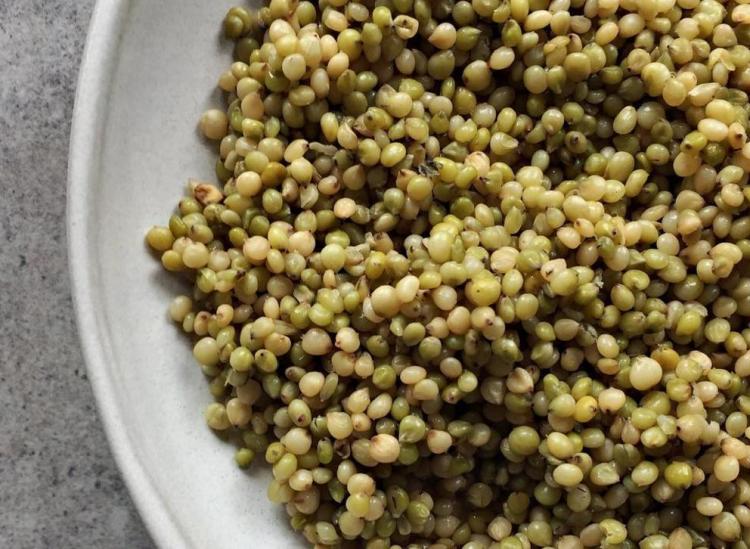Consider This Essential Cereal Grain The New Quinoa

@pan2pen
Sorghum is one of the top five cereal crops in the world. It’s also one of the most efficient in terms of solar energy and water use, plus it’s drought-tolerant and environmentally friendly. The adaptable crop can be grown as a cereal grain or sweet crop. Commercial sorghum is cultivated in warmer climates and the species are native to subtropical regions of Africa and Asia. It has long been a staple food for poor rural people in those warmer regions. The multi-purpose grain rivals quinoa since it’s nutrient-packed, tasty, naturally gluten-free and cultivated in the U.S.
Unlike quinoa, sorghum can be easily grown in the U.S. so it’s inexpensive and it can withstand tough drought conditions. The outer layer, called the hull, is edible and packed with all of the grain’s main nutrients and antioxidants so our bodies can easily absorb and reap the health benefits. The ancient grain has a low glycemic index and includes minerals like iron, phosphorus, potassium, calcium, magnesium and zinc. When it’s cooked, sorghum resembles pearled couscous and the darker varieties are actually higher in nutrients than blueberries. You can cook sorghum in a pot of water like you would rice or pop it like popcorn for a healthy snack. If popcorn is your thing, pour a little oil in the pan, add in the dried grains, cover, turn on the heat and wait until you hear it start to make popping noises.
Farmers in the U.S. look to sorghum because it thrives in areas where corn and other popular crops can’t grow. Now all around the world, and especially in North America, the biggest consumption of sorghum is by livestock and it’s commonly used as a sweetener in the South, where people use its syrup as an alternative to honey and molasses. World-renowned chefs like Thomas Keller and Michelle Bernstein are using the super grain in their kitchens, cooking up inventive dishes like Bernstein’s Beet Sorghum Risotto. This next-level quinoa can also be incorporated into desserts, used as a flour substitute in baking and as a garnish.
You should keep sorghum in an airtight container in a pantry or spice cabinet. Keep in mind, the nutritious grain is harvested from September through October, similar to other cereals, so check for it at your local health food store in the fall.











